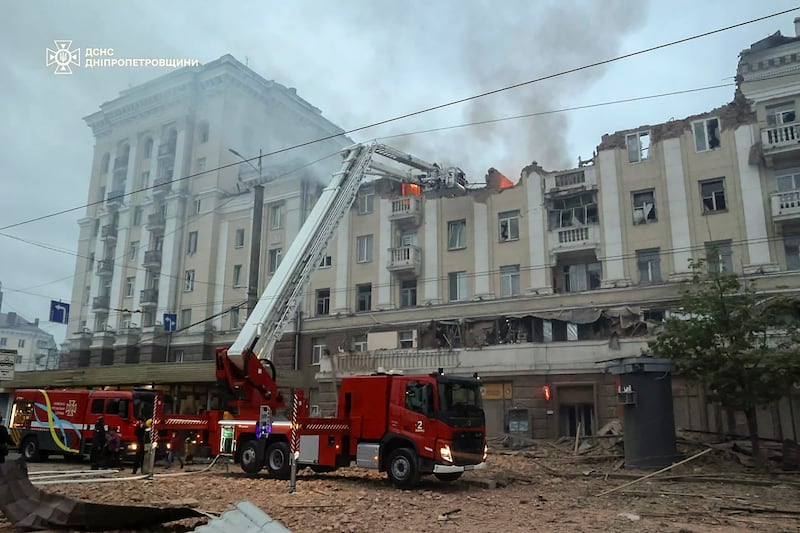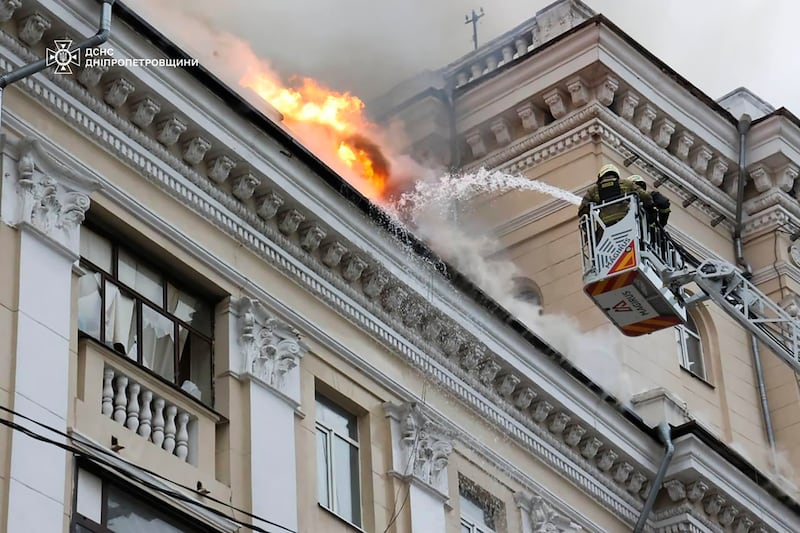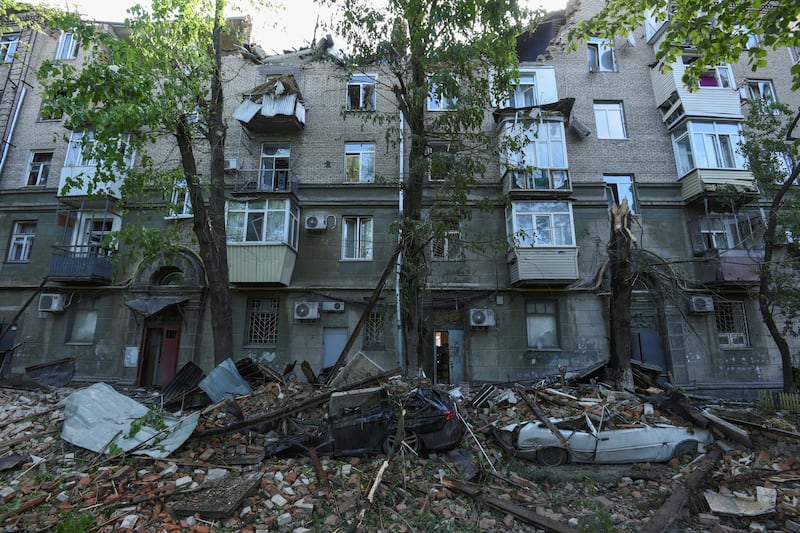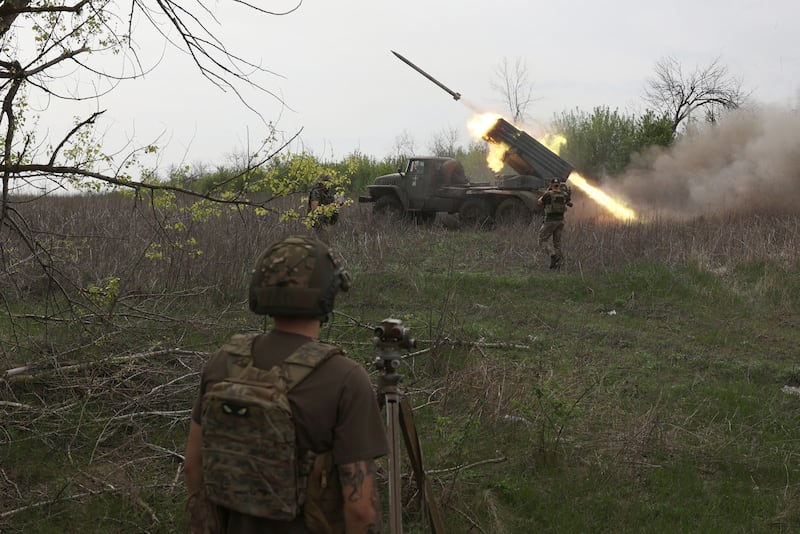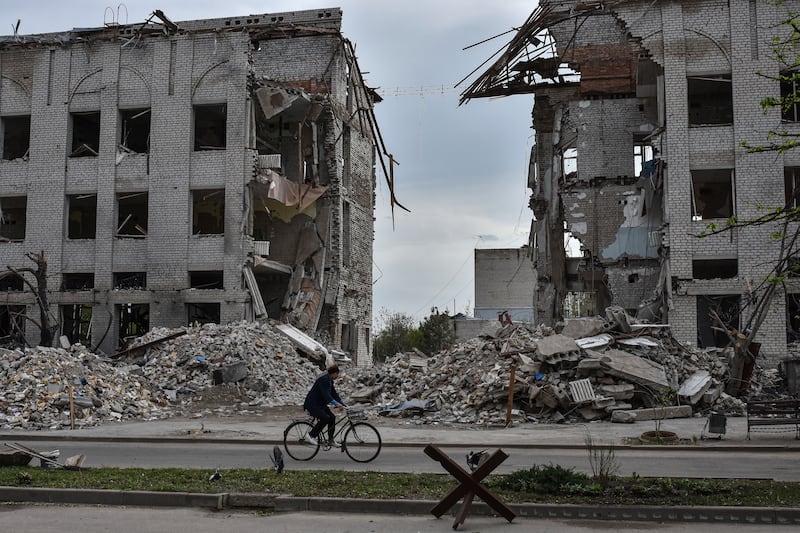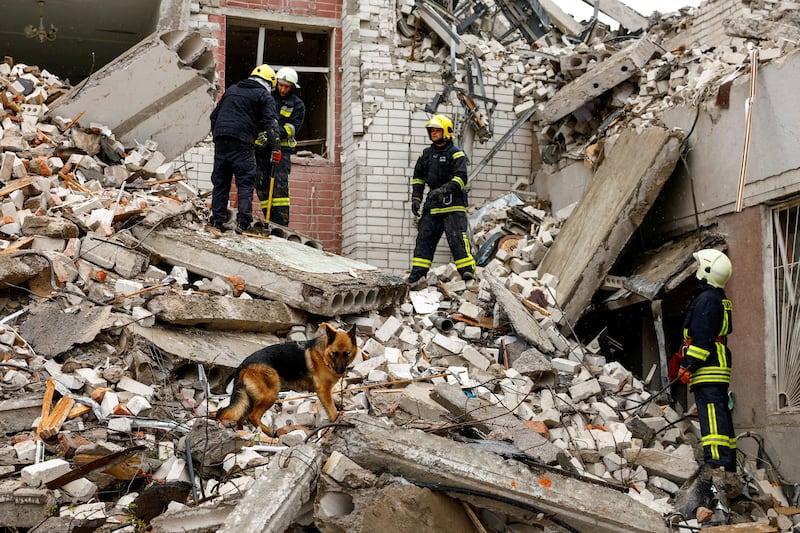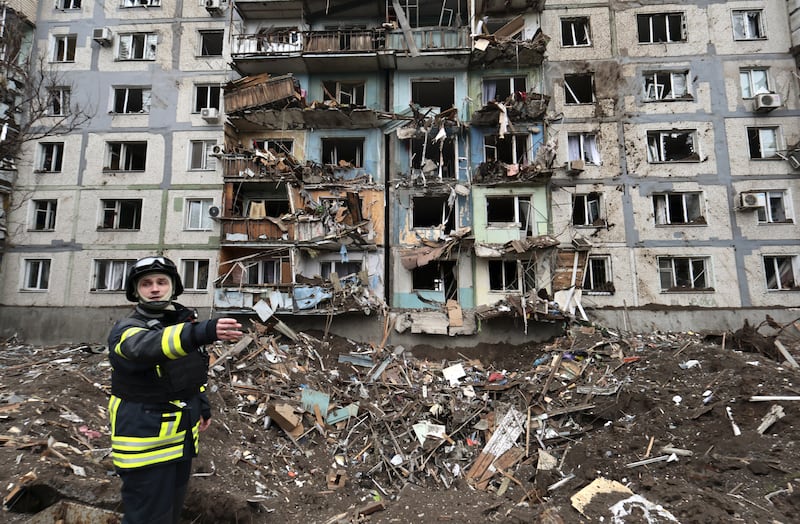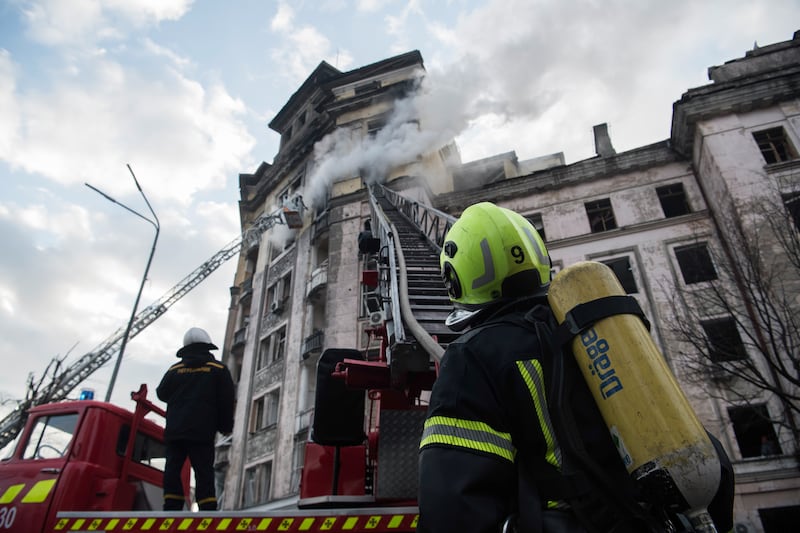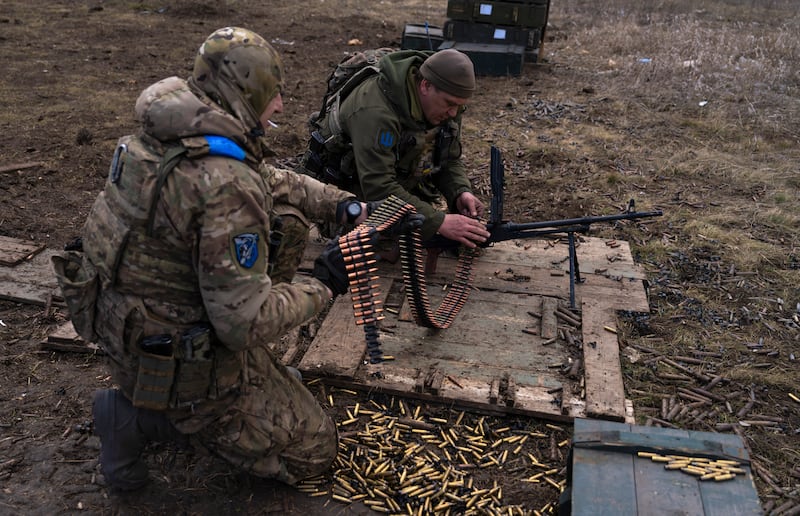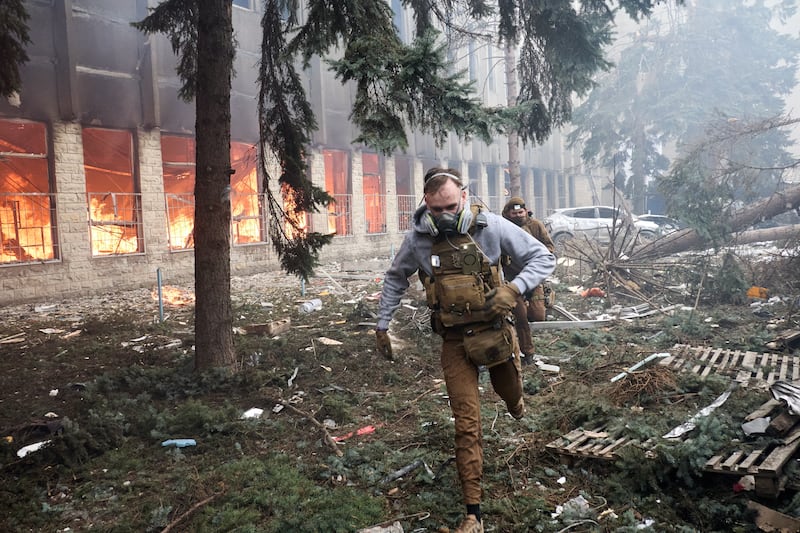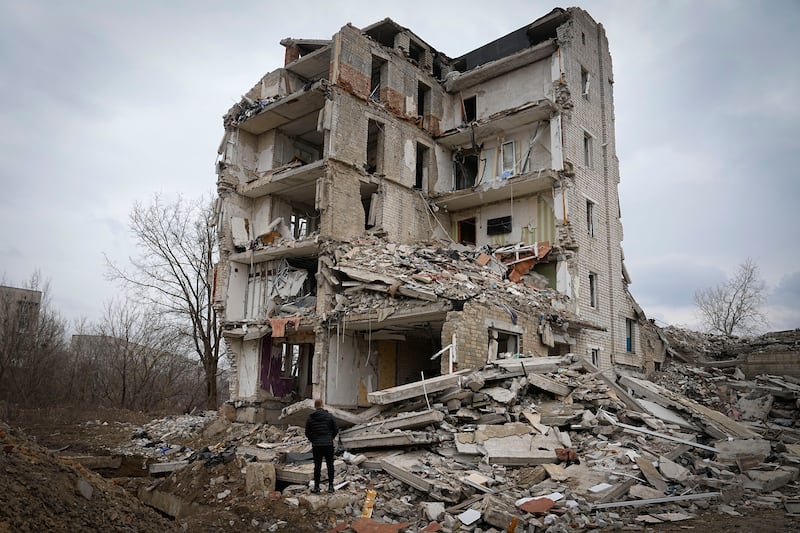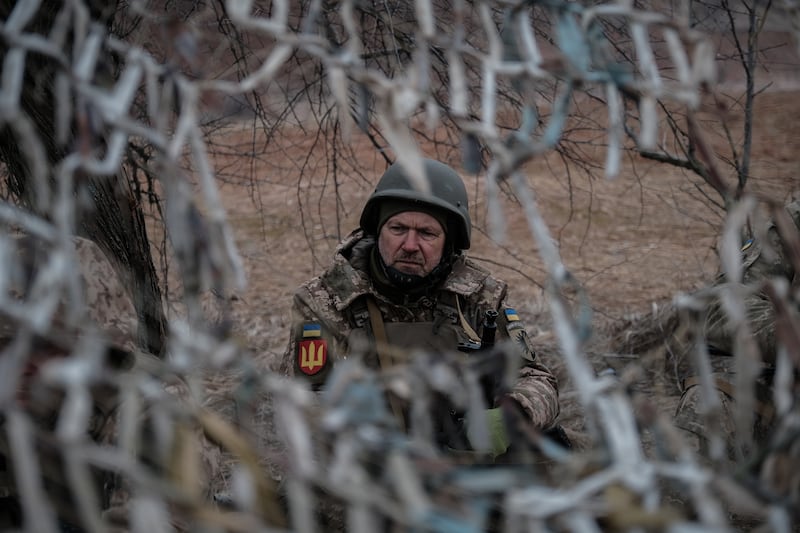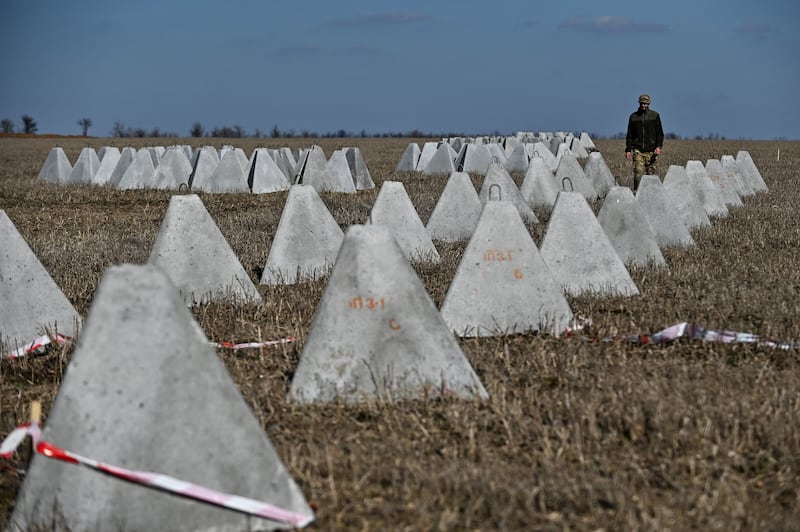In the game of Jenga, players remove wooden blocks from a teetering tower, until the final misjudgment makes it collapse.
Global oil security appears solid enough today, but several bricks have gone, making it more vulnerable than it appears. Friday night’s lethal attack on a gas facility in Iraq’s Kurdistan region is another wobble in the edifice.
Since the 1973 oil embargo, the US, Europe and Japan have been intensely aware of threats to the flow of oil from the Middle East, the world’s key exporting region.
The outbreak of the Iranian Revolution and Iran-Iraq War in 1980-1988, Saddam Hussein’s invasion of Kuwait in 1990 and the Libyan uprising of 2011 all led to the disruption of supplies.
But the US, at least, has grown much more relaxed about its oil supplies, with the rise of shale production and its conversion from the world’s biggest oil importer to a significant exporter of oil and gas.
Last year saw unexpectedly strong growth in shale output, with further stepping up of Western Hemisphere output in Brazil and Guyana.
Opec spare capacity is also ample in aggregate – though nearly all concentrated in Saudi Arabia, the UAE and Iraq.
These developments have papered over rising vulnerabilities elsewhere. Energy security rests on diversity of supply sources and transit routes. Now the bricks are being pulled out, one by one.
First, the Iran-orchestrated drone and missile attack on the Abqaiq and Khurais oil facilities in Saudi Arabia in September 2019, cutting up to 5.7 million barrels per day of production. Although the strike appeared designed not to cause permanent damage and operations were restored quite quickly, then US president Donald Trump said: “That was an attack on Saudi Arabia, that wasn’t an attack on us,” and the US ultimately did not respond.
Second, Russia’s invasion of Ukraine in March 2022, followed by a European ban on importing its oil. This led Russian oil exports to reorient almost entirely to Turkey, India and China – the latter two usually requiring passage through the Suez Canal and Red Sea.
More recently, Ukraine has responded to Russian attacks on its cities and foot-dragging by its western supporters by striking most refineries in western Russia with drones. The latest case is the Slavyansk refinery in the Krasnodar region, which was set on fire on Saturday.
Third, the closure of the Iraq-Turkey pipeline in March 2023, following an arbitration judgment against Ankara over use of the line by Iraq’s semi-autonomous Kurdistan Region.
Although Turkey has consented to resume operations, a reopening now hangs on a knotty agreement between Kurdistan and the federal government in Baghdad.
The pipeline, with nominal capacity of up to 1.6 million bpd, and about 450,000 bpd of usable capacity in the short term, is Iraq’s only alternative to the Gulf for exports.
Fourth, the effective closure of the southern Red Sea to much marine traffic, following a series of attacks on shipping by Houthi forces in Yemen. Defensive measures and strikes on Houthi positions by American, British and other forces may have reduced the frequency of attacks, but sailors are still not keen to risk the passage.
On Thursday, a tanker carrying Russian oil to India was hit by a missile, though it was able to continue its journey after suffering minor damage. Europe is very reliant on Middle Eastern oil now, replacing previous Russian supplies, but much of this has to take the long route around the Cape of Good Hope rather than through Suez.
The fifth problem is half a world from the Middle East. US waivers for sanctions had led to a significant recovery in Venezuela’s output, which more than doubled from its nadir in mid-2020. But, growing frustrated with perceived intransigence from President Nicolás Maduro over holding fair elections in July, the US ended general sanctions exemptions this month.
Sixth comes Iran, never far from energy security worries, but brought back to prominence by Israel’s campaign in Gaza.
Israel vows to respond to Iran's missile and drone attack
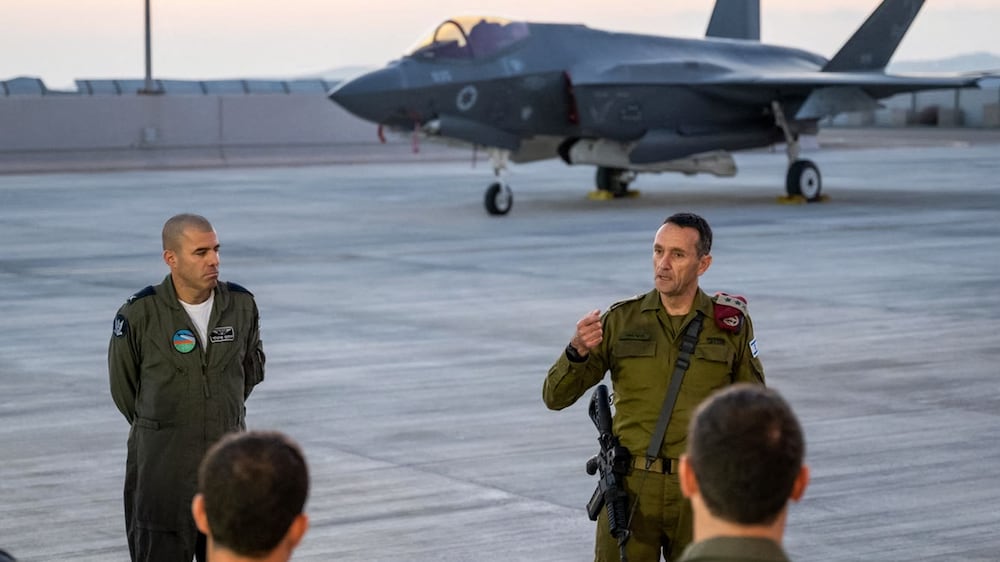
After the US, Iran has been the biggest contributor to global production growth, adding about 1.3 million bpd between late 2020 and this March. This was the result of better Iranian expertise in avoiding US sanctions, and slackened enforcement, as US President Joe Biden’s administration initially sought a resumption of talks. Then most of the US sanctions team turned their attention to Russia instead.
But after the tit-for-tat attacks between Iran and Israel in recent weeks, the US imposed yet more sanctions on Tehran. Measures passed in the House of Representatives last week could expand restrictions to ports, ship, refineries and Chinese financial institutions dealing with Iranian oil, which could greatly escalate tensions with Beijing. Nevertheless, they may herald a return to intensive US efforts to cut back on Iran’s exports.
The perpetrators and motives for the explosion at Khor Mor are not clear. The interruption to its gas supplies mainly damages the Iraqi Kurdistan region. But it is a reminder that oil exports from Iraq, about 3.4 million bpd currently, are very vulnerable in the case of conflict.
A full-blown closure of the Strait of Hormuz, long the nightmare of energy security experts, still appears unlikely. Iran is as reliant on this narrow waterway as most of its neighbours. But in the event of deepening hostilities with Israel, particularly if the US became directly involved, more threat to shipping and energy infrastructure is likely. Or, Iran’s own oil facilities might be targeted. Tehran blamed two explosions on its gas pipelines in February on Israeli sabotage.
The proliferation of aerial – and marine – drones makes such a campaign more feasible than when Iran was reliant on speedboats, mines and inaccurate missiles. Saudi Arabia can use its east-west pipeline to divert some exports to the Red Sea, but the Houthi threat now makes it harder to access Asia from here.
Oil prices have not reacted much to these worries; they even fell after Iran’s drone and missile armada against Israel caused little damage.
It is indeed hard to trade a low-probability but high-consequence all-out war, although a few traders took a flutter on $250 per barrel options.
But after a string of geopolitical shocks, energy security is more fragile than a Brent crude price below $90 per barrel suggests.
Robin M. Mills is chief executive of Qamar Energy, and author of The Myth of the Oil Crisis

